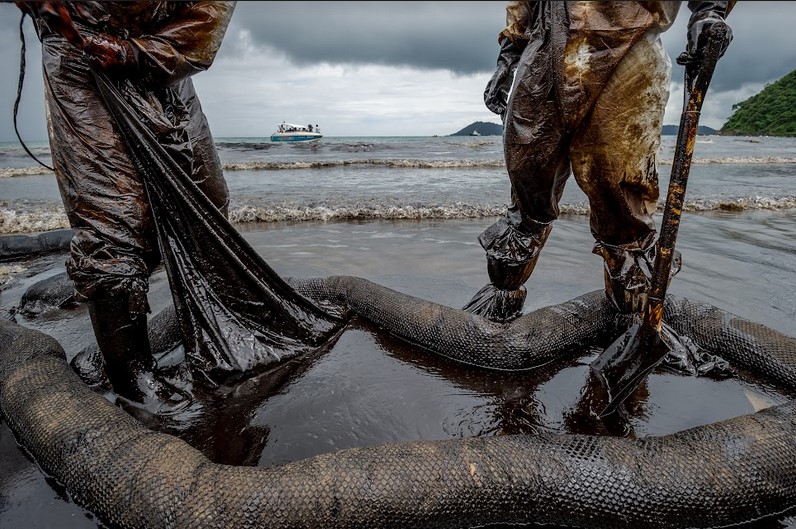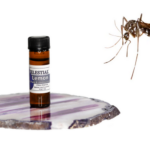An oil spill is one of the major environmental problems nowadays. In most cases, oil spills happen in large bodies of water where oil is transported or drilled. Regardless of its size, an oil spill is a very dangerous disaster as it affects people, plants, and animals in the present time and in the long run.
While prevention remains the best way to avoid oil spills, environmental groups have already found ways to address this grave ecological issue. Because of this, governments require oil industries and other related businesses to have a checklist of devices and means on how to mitigate this disaster.
If you feel the need to know how to solve an oil spill, here’s a list of some of the most effective measures in addressing this disaster:
- Containment Booms
Containment booms, also known as oil booms, are preferable if the oil spill is small. The objective of booms is to have a perimeter containment around the oil spill to prevent it from spreading further. The sooner that the containment booms are placed to surround the spill, the quicker for the cleanup team to start with the other methods of oil removal.
If you’re planning to buy containment booms for safety purposes, you may go to stores that offer ecological solutions. A store such as Ecospill has a variety of containment booms and other oil cleanup products that you can choose from. Each has its importance and specific use in cleaning the affected land and water.
- Skimmers
Skimmers work after containment booms have ‘controlled’ the area. Oil skimming is an efficient way of sucking oil from the spill to a container. Skimmers have different types based on their media–tube, mop, belt, and disk. But, in removing floating oil, pump-style skimmers are frequently used.
Many environmental groups use skimming because it has the best chance of preventing oil from escaping. Once cleanup groups transferred the oil to a container, authorities carefully transport this hazardous waste as leaks may happen and cause bigger problems.

- Sorbent Materials
Sorbents are either natural or synthetic materials that are used to absorb oil. Depending on the type of sorbent, it can soak up and collect oil three to 70 times its weight. In most cases, cleanup groups use sorbent materials during the start to work alternately with containment booms and skimmers, or at the end, wherein they absorb the final traces of oil.
The following are the most common sorbents used in oil cleanup:
- sawdust
- ground corncobs
- peat moss
- straw
- clay
- volcanic ash
- glass wool
- synthetic sorbents
- Burning In Situ
This process refers to the purposive burning of the oil in the initial location of the spill. When correctly done, it significantly reduces the amount of oil on the water. It minimizes the adverse effect of the oil on the environment.
When feasible, in situ burning is efficient when the booms have already contained the first location. This process can remove up to 99% of the oil stopped. Yet, it’s a good reminder that only professional oil responders should conduct this method. Because the improper way of doing this may aggravate the situation and trigger a bigger disaster, such as fire or explosion.
- Dispersants
Dispersants are chemicals sprayed on the spill through the oil responders in aircraft and ships to speed up oil disintegration. This is a process used to avoid combining spills to create a bigger and more catastrophic one. Using dispersants can produce tarballs—and a combination of oil, water, sand, and debris. Over time, the tarballs become bigger and begin to float until they reach the shores.
- Hot Water And High-Pressure Washing
This process is usually applied when mechanical removal strategies, such as containment booming and skimming, were ineffective. This also happens when the spill is too broad that it’s already inaccessible to oil responders.
In this process, hot water that reaches 170°C or above is sprayed on the spill through high-pressure nozzles. The oil then disintegrates until it’s flushed to the water surface, for which oil responders will use skimmers or sorbents.
Wrapping Up
Oil spills are some of the world’s biggest ecological disasters that have long-lasting effects. While these happen because of accidents, having the appropriate equipment and materials is necessary to conduct the first response should an oil spill occur. Being prepared is the key to prevent from spills from becoming more complicated.
With the various ways such as booms, dispersants, skimmers, burning in situ, and many others, oil responders have a high possibility to contain the spill in the soonest possible time. However, prevention remains the best way for oil spills not to happen, so extreme caution should always be practiced in oil drills and transport.
Related Posts












